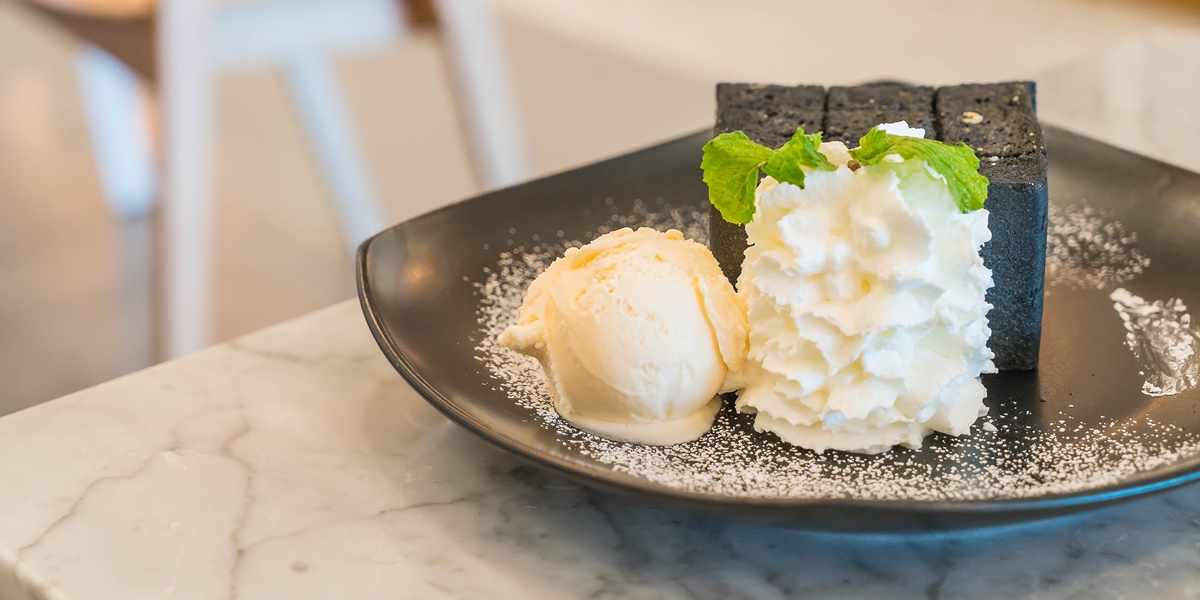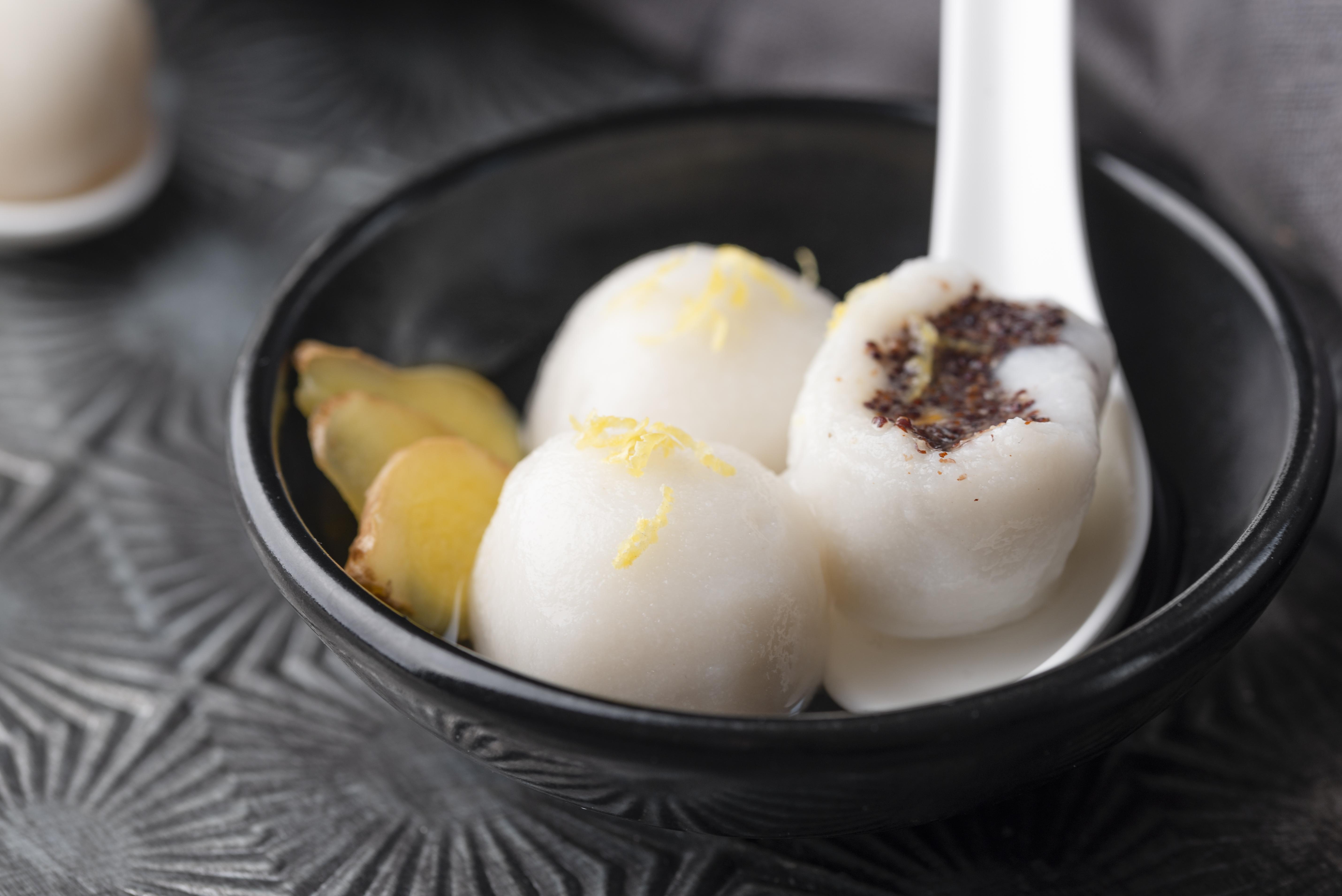Understanding 16 Personality Types According to the Animal MBTI Test, It Can Be a Reflection
Curious about the explanation of personality types according to the animal MBTI test? To find out, just take a look at the following review.

Kapanlagi.com - Ice cream has long been a universal favorite, and Japan is no exception. The Land of the Rising Sun not only adopted the deliciousness of ice cream but also made it an integral part of their culinary culture. There are two expressions of Japanese ice cream that KLovers should know.
Over time, Japan has created unique vocabulary and traditions for enjoying ice cream. Each term holds a story of evolution and innovation. In this article, we will explore the world of ice cream in Japan, uncovering the history and expressions of Japanese ice cream.
For those of you who are curious, here are the Japanese expressions for ice cream along with the differences in terms and the history of ice cream in Japanese culture. Let's check it out, KLovers!

Illustration (credit: freepik.com)
In Japanese, the expression for ice cream is "aisu kurimu" which is a phonetic adaptation of the English word "ice cream". Although this is the most commonly used term, Japanese people often shorten it to "aisu" in everyday conversation.
This word falls into the category of "gairaigo", which are words borrowed from foreign languages and adapted to the Japanese phonological system. Additionally, there is also a traditional Japanese term for frozen food similar to ice cream, which is "hyoka", although this term is less commonly used in modern contexts.
Ice cream became popular in Japan during the Meiji era (1868-1912) when the country began to open itself to Western influences, and since then it has become an integral part of Japanese culinary culture, with various unique flavors such as matcha and wasabi reflecting local preferences.

Illustration (credit: freepik.com)
As KLovers know, the Japanese words for ice cream are aisu kurimu and hyoka. So, what is the difference between these Japanese terms for ice cream? Here are the differences viewed from various aspects:
1. Origin
- Aisu kurimu: Originates from the concept of Western ice cream, introduced to Japan in the modern era.
- Hyoka: A traditional Japanese frozen food that existed before Western influence.
2. Composition
- Aisu kurimu: Made from milk, cream, sugar, and flavorings, often containing eggs.
- Hyoka: Generally made from shaved ice, syrup, and traditional Japanese ingredients.
3. Texture
- Aisu kurimu: Thicker and creamier.
- Hyoka: Tends to be lighter and more watery.
4. Flavor Variations
- Aisu kurimu: Includes international flavors and Japanese-Western fusion.
- Hyoka: Focuses on traditional Japanese flavors such as matcha, azuki, and local fruits.
5. Method of preparation
- Aisu kurimu: Made using the churning or freezing process with agitation.
- Hyoka: Often made by freezing a mixture of ingredients without the churning process.
6.Usage in everyday language
- Aisu kurimu: A term that is more commonly used in modern conversation.
- Hyoka: A more formal term that is rarely used in everyday conversation.
7.Fat content
- Aisu kurimu: Generally has a higher fat content.
- Hyoka: Tends to have a lower fat content.
8.Presentation
- Aisu kurimu: Often served in a cone or cup.
- Hyoka: Usually served in a small bowl or as part of traditional dessert.
9.Popularity
- Aisu kurimu: Very popular and widely available throughout Japan.
- Hyoka: Less popular compared to aisu kurimu, but can still be found in traditional shops.

Illustration (credit: freepik.com)
Ice cream has become an important part of Japanese culinary culture, reflecting the blend of tradition and modernity that is characteristic of Japan. In addition to knowing the Japanese expression for ice cream, KLovers can also learn about the history of ice cream in Japanese culture as follows:
1.Pre-Modern Era
Before ice cream was introduced, Japan had traditional frozen desserts such as kakigori (shaved ice) and mochi ice.
2.Early Introduction (Meiji Era, 1868-1912)
Ice cream was first introduced to Japan by foreigners in Yokohama. Initially, ice cream was considered a luxury food that could only be enjoyed by the elite.
3.Early 20th Century
Ice cream production began to develop in Japan. The first ice cream shop, Fushinya, opened in Tokyo in 1869.
4. Post World War II
Ice cream became more affordable and popular among the general public. Japanese companies began to mass-produce ice cream.
5.Showa Era (1926-1989)
Innovation in ice cream flavors and forms began to flourish. Ice cream bars and cones became popular.
6.Heisei Era (1989-2019)
Various unique Japanese flavors emerged, such as matcha, sakura, and wasabi. Mochi ice cream also began to gain popularity.
7.Reiwa Era (2019-present)
The trend of healthy and low-calorie ice cream began to develop. The experiments with flavors and textures continue.
8.Cultural Influence
Ice cream has become an integral part of Japanese pop culture, often appearing in anime, manga, and advertisements.
9.Sustainable Innovation
Japan continues to innovate in the ice cream industry, creating unique products such as non-melting ice cream and ice cream with alcohol content.
10.Globalization
Japanese ice cream brands are becoming known globally, bringing unique Japanese flavors to the international market.
That is the expression of Japanese ice cream that KLovers can know. Ice cream in Japanese culture is not just food, but a reflection of creativity, tradition, and a spirit of innovation that continues to evolve.
(kpl/dhm)
Cobain For You Page (FYP) Yang kamu suka ada di sini,
lihat isinya
Curious about the explanation of personality types according to the animal MBTI test? To find out, just take a look at the following review.
Curious about what the characters of people born on January 27, 1999, are according to Javanese primbon? To find out, just take a look at the following review.
Curious about what the categories of dreams in Javanese primbon called Titiyoni, Gondoyoni, and Puspo Tajem are? To find out, just read the following review.
So, are you interested in watching Japanese dramas that make you miss high school? If so, just check out the list of recommendations and brief reviews below.
Let's check out the complete synopsis of the film BLUNT FORCE TRAUMA from 2015 along with the cast list and character explanations. Just take a look, KLovers!
Let's explore together the anime with the highest ratings early this year that must be on your watchlist. Come on, let's check it out, KLovers!
For those of you curious about the complete story. Here is the synopsis of the film DEATH RACE from 2008, complete with a full cast list. Let's check it out, KLovers!
Come on, check out the list of Korean dramas that will make your heart race and test the mental endurance of KLovers from the first episode to the last. Just check it out, KLovers!
If you are looking for the latest Thai drama starring Mario Maurer, KISSED BY THE RAIN might be the answer. At the beginning of its airing, this drama became one of the most anticipated by fans in 2024.
Curious about what the explanation of the meaning of umrah dreams is? To find out, just check out the following review.
Curious about what the explanation of dreaming about seeing people pray is? To find out, just check out the following explanation.
Curious about what the explanation of the personality types of the UPIN IPIN animated series according to MBTI is like? To find out, just take a look at the following explanation.